Both branch development and trunk development are valid approaches to software development, and the choice between them depends on several factors, such as the size and complexity of the project, the development team’s preferences and workflows, and the development methodology being used (e.g., agile, waterfall).
Branch development involves creating separate branches of the codebase for each new feature or bug fix, which allows developers to work on these changes independently without interfering with each other’s work. Once the changes are complete, the branches are merged back into the main codebase (the trunk). Branch development is often used in larger, complex projects with multiple developers, as it allows for greater collaboration and reduces the risk of conflicts and errors.
Trunk development, on the other hand, involves all developers working on a single shared codebase, without creating separate branches for each feature or bug fix. Instead, changes are made directly to the trunk, and developers are responsible for ensuring that their changes do not conflict with other developers’ work. Trunk development is often used in smaller, simpler projects or in projects with a smaller team of developers.
The choice between branch development and trunk development depends on the specific needs and circumstances of the project. Some teams may prefer branch development because it allows for greater collaboration and reduces the risk of conflicts and errors, while others may prefer trunk development because it is simpler and easier to manage. The important thing is to choose the approach that works best for the project and the development team.
Continuous delivery is a software engineering practice where the code changes are prepared for release. It requires a combination of several practices, including continuous integration, continuous testing. Trunk development can be an important aspect of continuous delivery, but it is not the only factor.
Trunk development can be beneficial in a continuous delivery environment because it enables developers to work on the same codebase, reducing the risk of conflicts and allowing for more frequent releases. By working on a single shared codebase, developers can ensure that their changes are compatible with the overall codebase and can be integrated easily with other changes.
However, trunk development alone is not enough to achieve continuous delivery. Other practices, such as automated testing and deployment, are also critical to ensuring that code changes are thoroughly tested and deployed quickly and reliably.
In summary, while trunk development can be a useful practice in a continuous delivery environment, it is just one of several practices that need to be implemented to achieve continuous delivery successfully.
Get in Touch
We're here to answer all your queries. Reach out to us to accelerate your business



